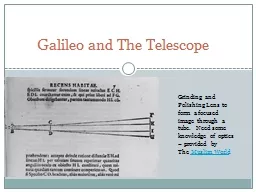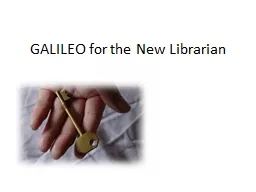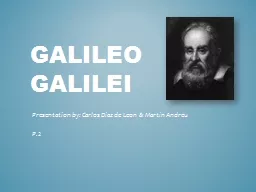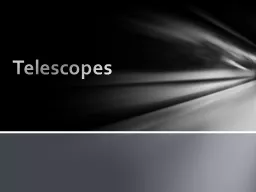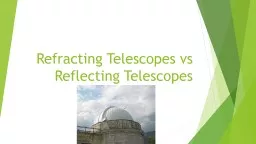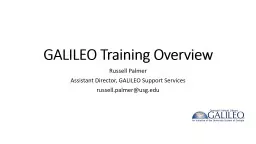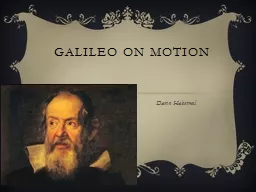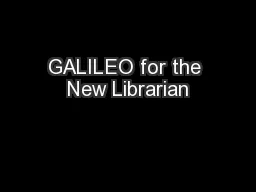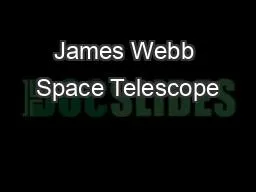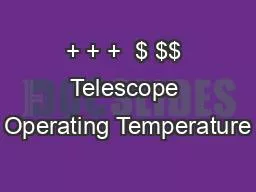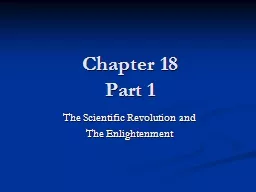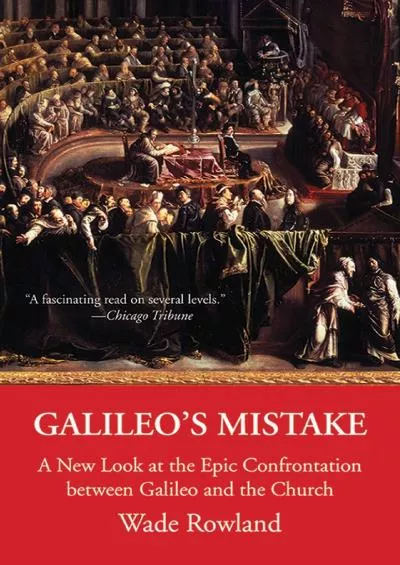PPT-Galileo and The Telescope
Author : alida-meadow | Published Date : 2017-11-16
Grinding and Polishing Lens to form a focused image through a tube Need some knowledge of optics provided by The Muslim World The Telescope His little telescope
Presentation Embed Code
Download Presentation
Download Presentation The PPT/PDF document "Galileo and The Telescope" is the property of its rightful owner. Permission is granted to download and print the materials on this website for personal, non-commercial use only, and to display it on your personal computer provided you do not modify the materials and that you retain all copyright notices contained in the materials. By downloading content from our website, you accept the terms of this agreement.
Galileo and The Telescope: Transcript
Download Rules Of Document
"Galileo and The Telescope"The content belongs to its owner. You may download and print it for personal use, without modification, and keep all copyright notices. By downloading, you agree to these terms.
Related Documents

